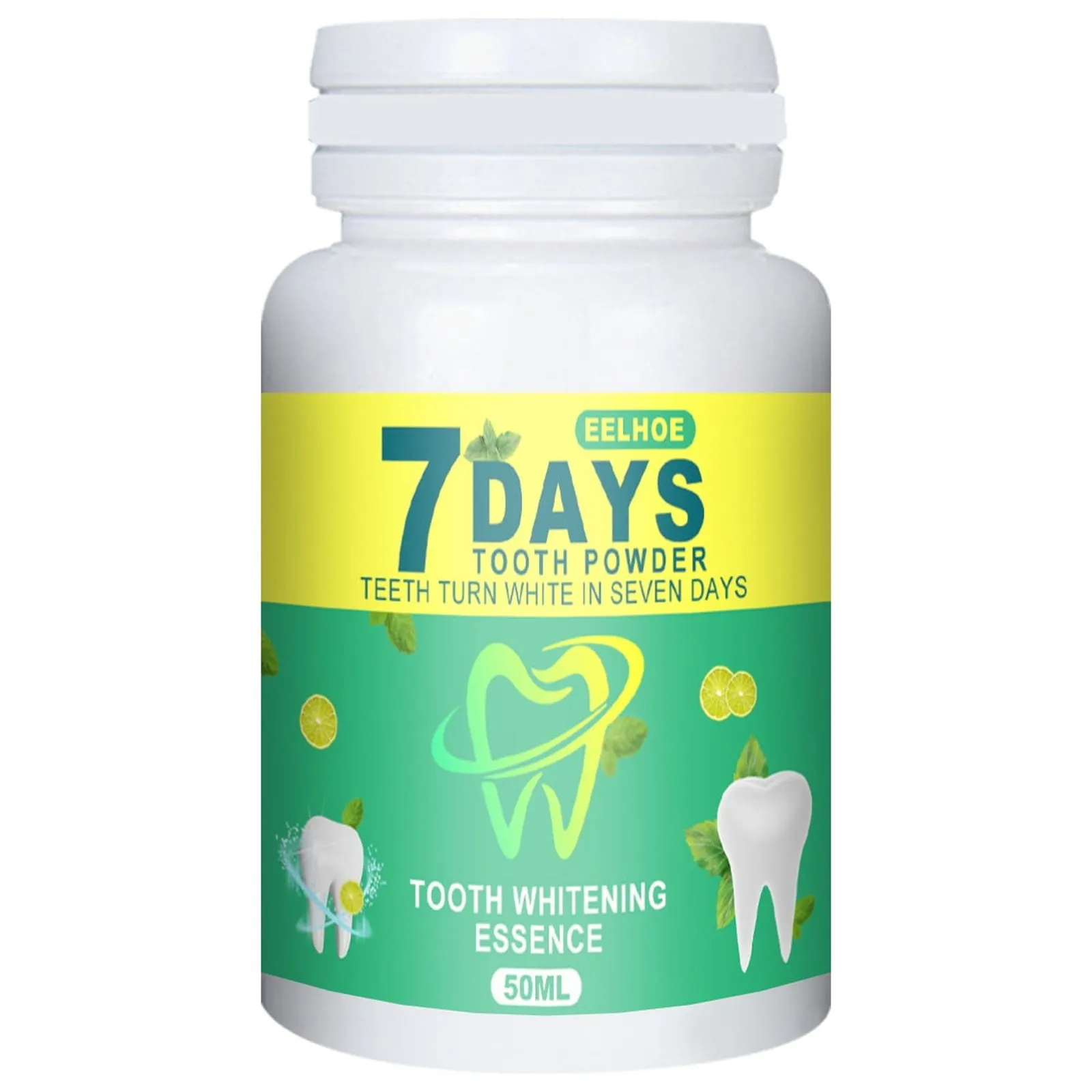What is Baking Powder and How Does it Work for Teeth Whitening
Baking powder, a common household staple, is often touted as a DIY solution for teeth whitening. But what exactly is it, and how does it claim to brighten your smile? Essentially, baking powder is a leavening agent used in baking to help dough rise. It’s a combination of sodium bicarbonate (baking soda), an acidifying agent (like cream of tartar), and a drying agent. Its effectiveness in teeth whitening stems from its mild abrasive qualities and its ability to neutralize acids.
The Science Behind Baking Powder’s Whitening Effect
The whitening effect of baking powder is primarily due to its mild abrasive nature. It helps to scrub away surface stains caused by coffee, tea, and other foods and drinks. Sodium bicarbonate, the main component of baking powder, acts as a gentle abrasive, removing these stains without significantly damaging the enamel, when used sparingly. Additionally, baking powder has alkaline properties, which can help to neutralize the acids in your mouth that contribute to enamel erosion. While not a true whitening agent like peroxide, it can make teeth appear brighter by removing buildup.
Understanding the pH Level of Baking Powder
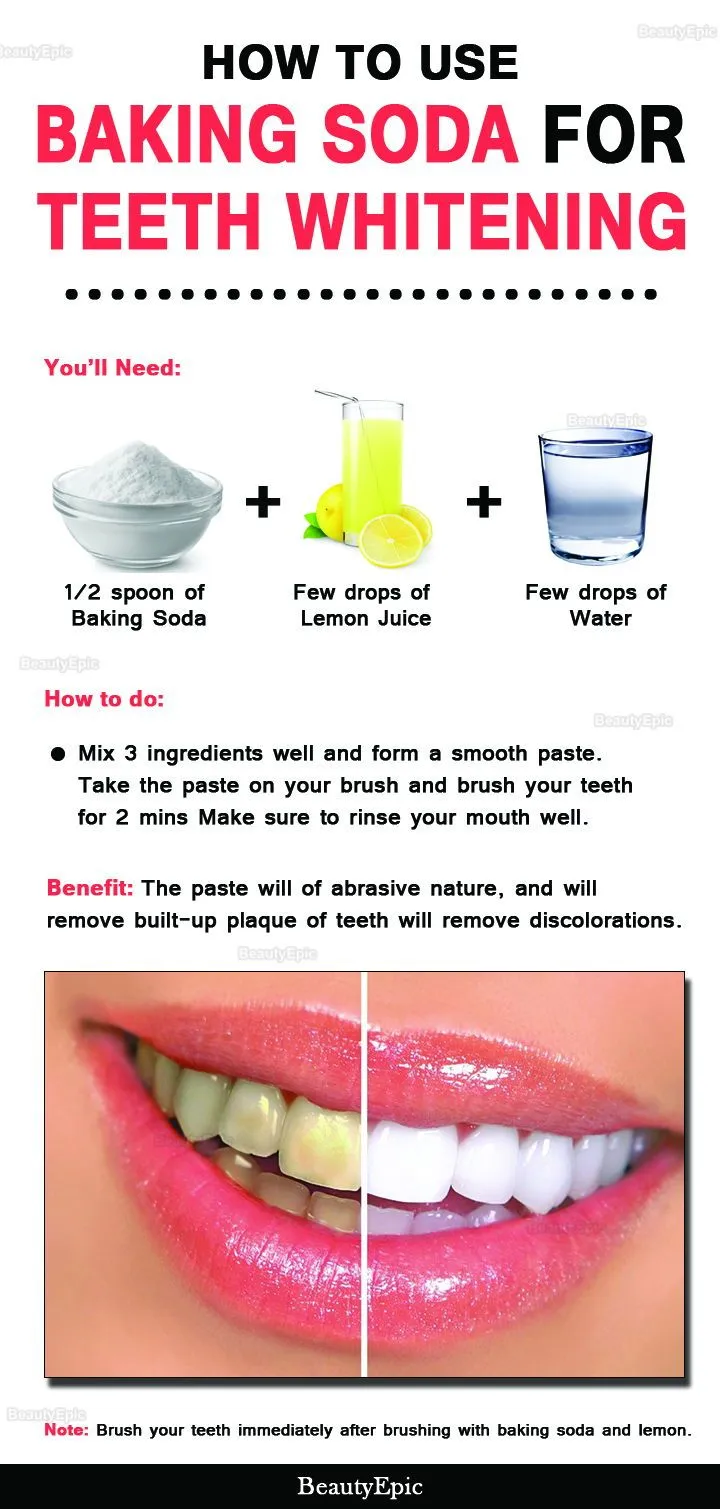
Baking powder has a slightly alkaline pH. This is significant because a higher pH can help neutralize the acidic environment in your mouth. This acid is often a by-product of bacteria in your mouth and can contribute to enamel erosion. By raising the pH, baking powder can create a less hospitable environment for these acids, potentially reducing the risk of cavities and other dental issues. However, it’s crucial to maintain a balanced oral pH, as excessive alkalinity can also cause problems. Therefore, it’s important to use baking powder sparingly and in the correct ratios.
How to Use Baking Powder for Teeth Whitening
Using baking powder for teeth whitening is relatively simple, but it’s important to do it correctly to avoid potential harm. The key is moderation and careful application. There are a few methods you can try, but always remember to prioritize the health of your teeth over any cosmetic benefits. Always rinse your mouth thoroughly after using baking powder, and avoid using it too frequently. Overuse can wear down your enamel, making your teeth more vulnerable.
Baking Powder and Water Paste
One of the simplest methods involves creating a paste of baking powder and water. Mix a small amount of baking powder (about a teaspoon) with enough water to form a paste. Apply this paste to your toothbrush and gently brush your teeth for about two minutes. Focus on areas with staining. Rinse thoroughly with water. This method utilizes the abrasive qualities of baking powder to remove surface stains. However, the paste should be thin, and the brushing should be very gentle to avoid damaging the enamel. Regular use of this mixture is not advised.
Baking Powder and Toothpaste Mixture
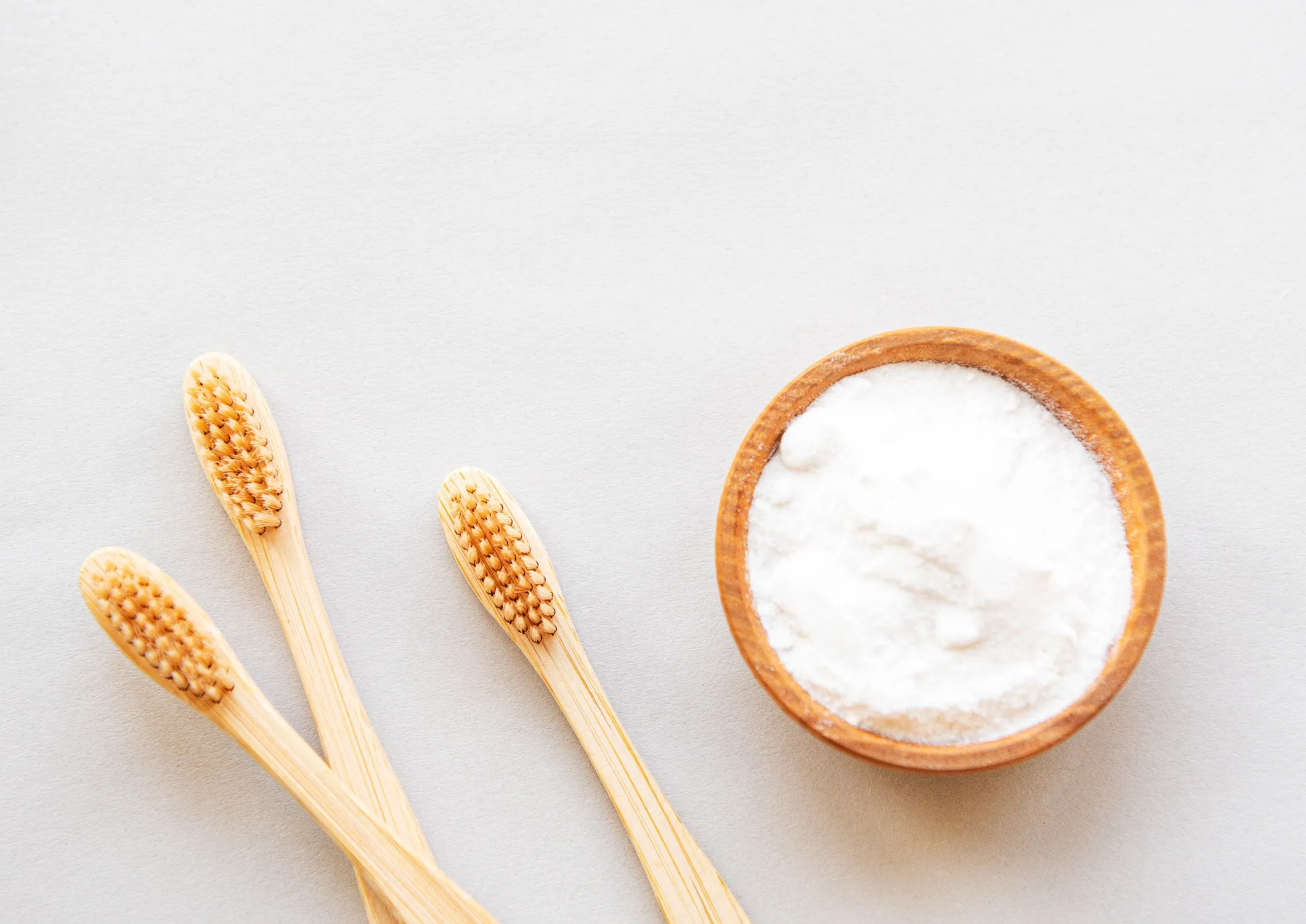
Another common approach is to mix baking powder with your regular toothpaste. Add a small amount of baking powder to your toothpaste on your toothbrush. Brush your teeth as you normally would, ensuring you cover all surfaces. This method combines the cleaning and fluoride benefits of your toothpaste with the stain-removing properties of baking powder. This can be a slightly gentler approach compared to using baking powder alone, but still requires caution. The abrasive nature of the baking powder can wear down enamel over time.
Baking Powder with Lemon Juice Warning
A popular but highly discouraged method is mixing baking powder with lemon juice. The acidity of lemon juice is very strong and can severely erode tooth enamel. While the combination might seem effective, it poses significant risks to your dental health. This can lead to increased tooth sensitivity, cavities, and even permanent damage. Avoid this method altogether, and if you have used this mixture, consult with a dentist. This combination is far too aggressive for teeth and gums, and offers very limited benefit. Instead use Baking Powder and Water Paste.
Important Precautions and Safety Tips
While baking powder can be a tool in your oral hygiene routine, it’s essential to approach it with caution and awareness of the potential risks. The following precautions can help you use it safely, protecting your enamel and overall oral health. Be mindful of the frequency of use, and be sure to consult with a dental professional if you have any concerns. It is always better to be safe than sorry when it comes to your dental health.
Potential Risks and Side Effects
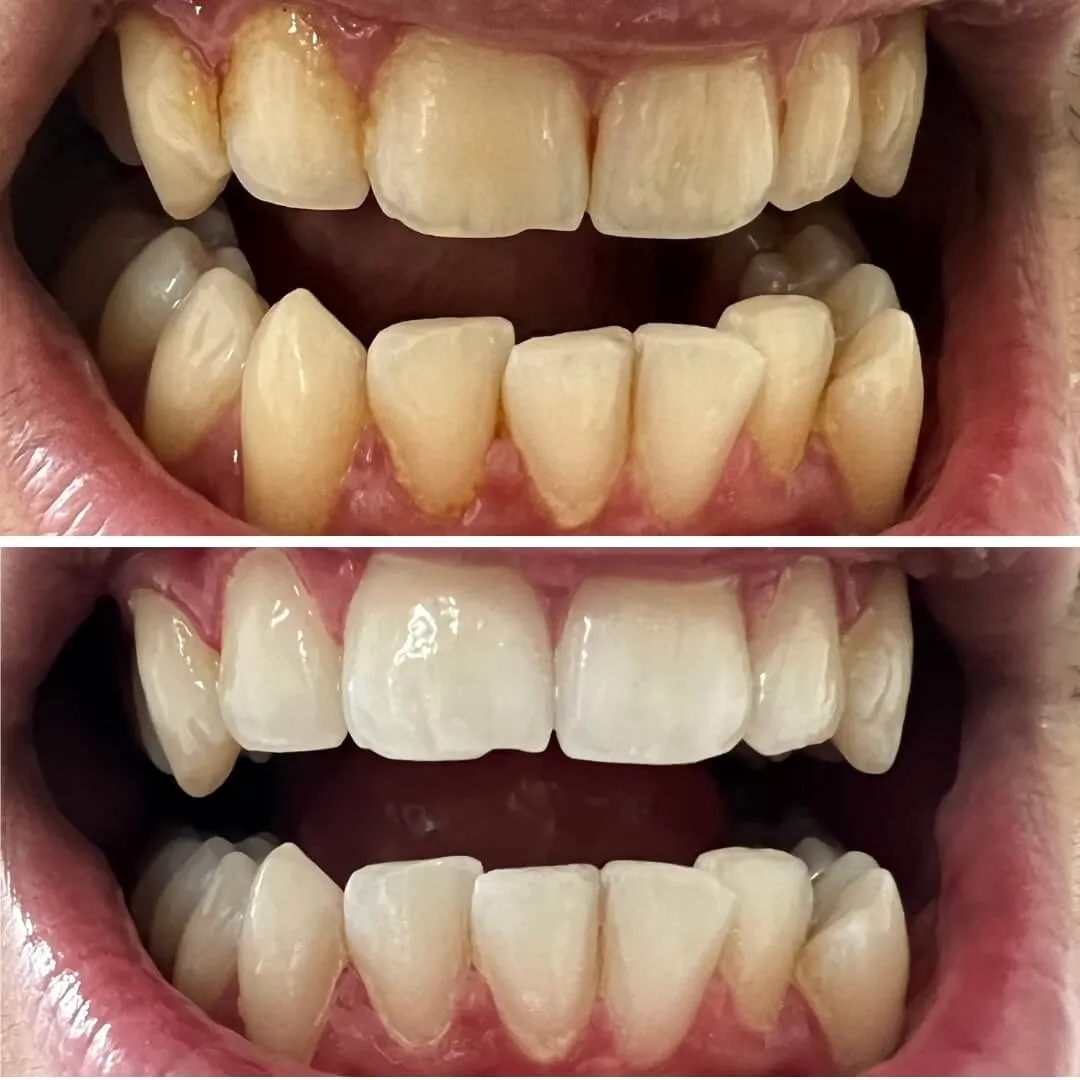
The primary risk associated with using baking powder for teeth whitening is enamel erosion. Over time, the abrasive action of baking powder can wear down the protective enamel layer of your teeth. This can lead to increased tooth sensitivity, as the underlying dentin becomes exposed. Other potential side effects include gum irritation and increased susceptibility to cavities. If you experience any of these issues, discontinue use and consult a dentist. Consider professional advice.
Who Should Avoid Using Baking Powder
Certain individuals should avoid using baking powder for teeth whitening. This includes those with sensitive teeth, as the abrasiveness can exacerbate the sensitivity. People with existing enamel erosion or other dental problems should also refrain from using baking powder without consulting a dentist. Children and teenagers should also avoid it, as their enamel is still developing and more vulnerable. Pregnant or breastfeeding women should seek professional dental advice prior to using baking powder.
Alternatives to Baking Powder for Teeth Whitening
If you’re concerned about the potential risks of using baking powder, there are several alternative teeth-whitening options available. These alternatives are designed to be gentler on your enamel while still providing effective results. Consider these alternatives, and be sure to consult with your dentist about the best choice for your individual needs and oral health condition. It is important to prioritize professional opinions.
Over-the-Counter Whitening Products
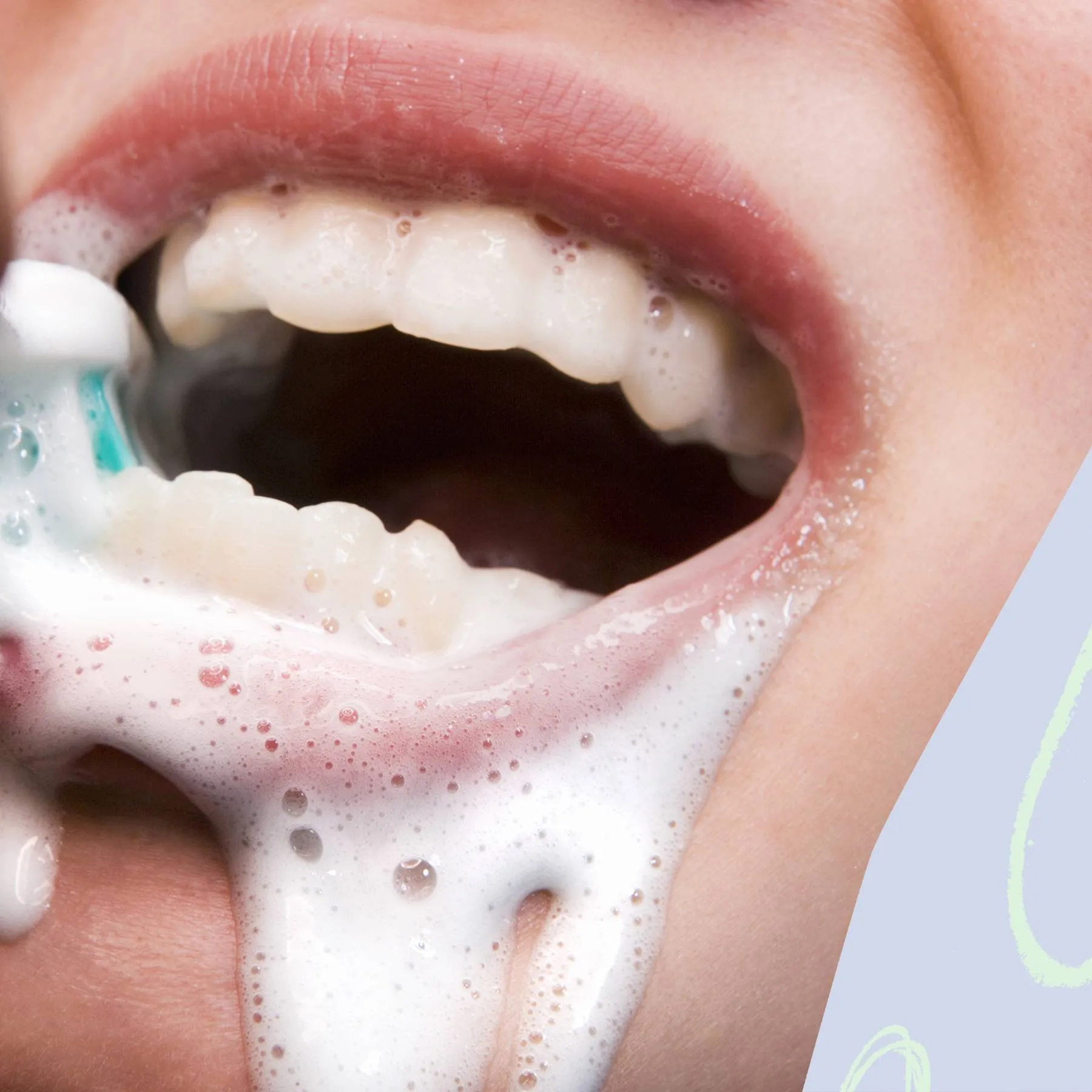
Over-the-counter whitening products, such as whitening toothpaste, strips, and gels, are widely available and often contain hydrogen peroxide or other whitening agents. These products are generally considered safe when used according to the instructions. Whitening toothpastes typically contain mild abrasives and stain-removing agents, while whitening strips and gels deliver a higher concentration of whitening agents directly to the teeth. Always follow the product instructions. If you experience any sensitivity or irritation, discontinue use and consult with your dentist. Many of these products are convenient and affordable.
Professional Teeth Whitening Options
For more dramatic and effective results, consider professional teeth whitening options. Dentists offer in-office whitening treatments that use higher concentrations of bleaching agents, often combined with special lights or lasers to enhance the whitening process. They also provide custom-fitted trays for at-home whitening. Professional treatments are typically more effective and safer, as they are administered under the supervision of a dental professional. They also offer custom treatment plans that are tailored to individual needs and desired results. Though they are more expensive, the results are long-lasting and safe. Consult your dentist for more information.
In conclusion, while baking powder can offer some teeth-whitening benefits due to its mild abrasive qualities, it’s important to use it with caution. Overuse can lead to enamel erosion and increased tooth sensitivity. Consider the alternatives and always prioritize your oral health. Consult with your dentist for personalized advice and the best whitening approach for your specific needs and dental condition.
